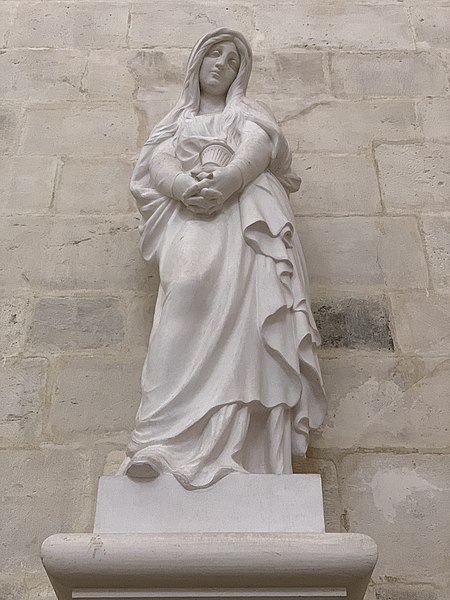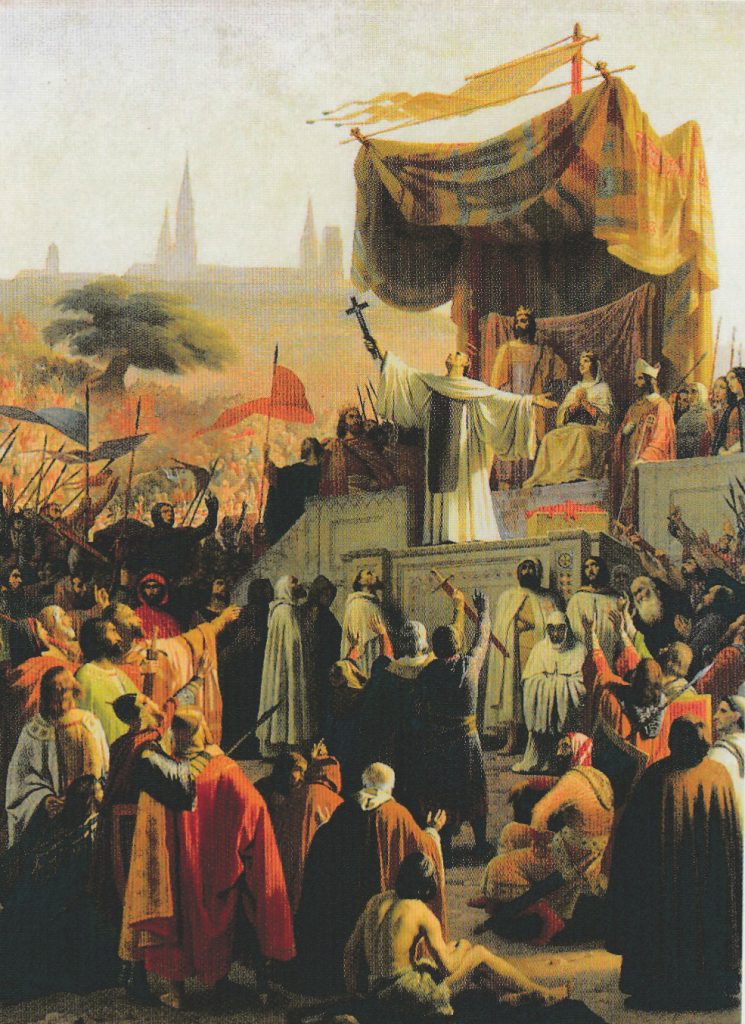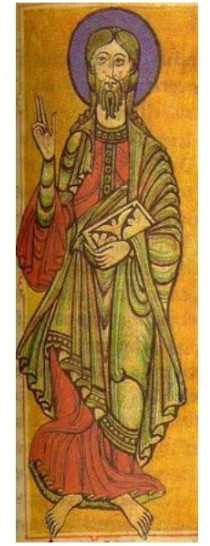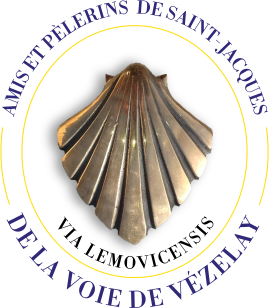1. The routes to Santiago de Compostela in France
2. Order No. 868
3. State Party France
4. Criteria C (ii)(iv)(vi)
5. The Committee decided to inscribe this ensemble on the World Heritage List on the basis of criteria (ii), (iv) and (vi):
6. Criterion (ii): The pilgrimage route to Santiago de Compostela played an essential role in religious and cultural exchanges and development during the Late Middle Ages, as admirably illustrated by the carefully selected monuments on the routes followed by pilgrims in France.
7. Criterion (iv): The spiritual and physical needs of pilgrims to Santiago de Compostela were met through the creation of a number of specialized buildings, many of which were created or later developed on the sections French.
8. Criterion (vi): The pilgrimage route to Santiago de Compostela is an exceptional testimony to the power and influence of the Christian faith in all social classes and in all countries of Europe in the Middle Ages . Several delegates congratulated France on this inscription, which is particularly important for the “itineraries”, a very useful concept for the development of World Heritage. The delegate of France, in response to a question raised by the delegate of Thailand, stated that his country was ready to examine with Spain a joint inscription of the two sites of the Routes of Santiago de Compostela.
In 1998, Unesco classified 71 monuments for France, including 64 individual monuments and 7 sections of paths on the World Heritage List. These monuments are recognized as being the main milestones on the way to Santiago de Compostela.
Twelve of them are on the Voie de Vézelay.
In Bourgogne,
In Berry,
In Limousin,
In Aquitaine,
On an old secondary road (additional classification in 1999)
Throughout his journey to the tomb of Saint James, the pilgrim encounters buildings or works of art, created for, and sometimes by, his predecessors.
Some of these buildings were classified in 1998 as World Heritage by UNESCO, under the Ways of St Jacques de Compostela in France:
In Bourgogne :
For listed buildings located beyond Crozant, you can consult the website of the associations following us on the Vézelay route.
But we obviously cannot list all these marvels. The path also reserves you sometimes, at the bend of a path, the discovery of a small chapel or a sanctuary!
To better understand the specificities of the Vézelay route compared to other French pilgrim routes, it is necessary to understand its historical heritage and its exceptional influence throughout Europe. Three particularly important points:
Originally, the basilica was a monastery of nuns established since the year 850 in the small neighboring village of Saint-Père.
Following the attacks of the Vikings, the monastery was destroyed. For a better defense, a new church is built on the heights of the hill of Vézelay. The place becomes an abbey of men which attracts many inhabitants. At that time, the relics of the saints, companions or not of Jesus, were brought back from Palestine and they traveled a lot. Those of Marie-Madeleine – or Marie de Magdala – are exhibited in the abbey. How did they get there?
In 1050, Marie-Madeleine officially became the patron saint of the abbey. His relics are certified true by the Pope, Leo IX. A bull of April 27, 1050, indicates that the sepulcher of Marie Madeleine is indeed in Vézelay, although this is disputed by the Provençals. But miracles happen and pilgrims flock.
The sites of Sainte-Baume, Vézelay, and a few other churches are certain to possess some bones of Mary Magdalene. But perhaps she never arrived in France!


In the 12th century, the power of this abbey was therefore very important. It becomes one of the places in which kings and abbots advocate the crusade.
In 1146, it was Bernard of Clairvaux (Saint Bernard) who called for the second crusade. Then, fifty years later, in 1190, Philippe-Auguste and Richard Coeur de Lion left for the third crusade from the hill of Vézelay.
Later, King Saint-Louis would make pilgrimages there, before his departure on a crusade in 1270. But it was also in Vézelay Abbey that in 1166, Thomas Beckett, exiled archbishop of Canterbury, pronounced the solemn condemnation of its king, Henry II.
The “Codex Calixtinus”, published around 1150, is a collection of five books, the last of which (book V) is the famous “pilgrim’s guide”.
Placed at the beginning of this collection devoted to the glory of Saint James, this letter gave its name to the entire collection: the Codex Calixtinus. There are described four different routes from France to reach the tomb of the Apostle Saint James, with great detail on the countries crossed and the peoples encountered. Since the majority of pilgrims at the time could neither read nor write, this work, written in Latin, was certainly reserved for a religious elite.
“The third (way), via Sainte-Madeleine de Vézelay, Saint-Léonard in Limousin and Périgueux…”.
The basilica has just undergone a rejuvenation treatment in recent years thanks to major renovation work, both interior and exterior. The previous campaign had been undertaken by Viollet-le-Duc!

